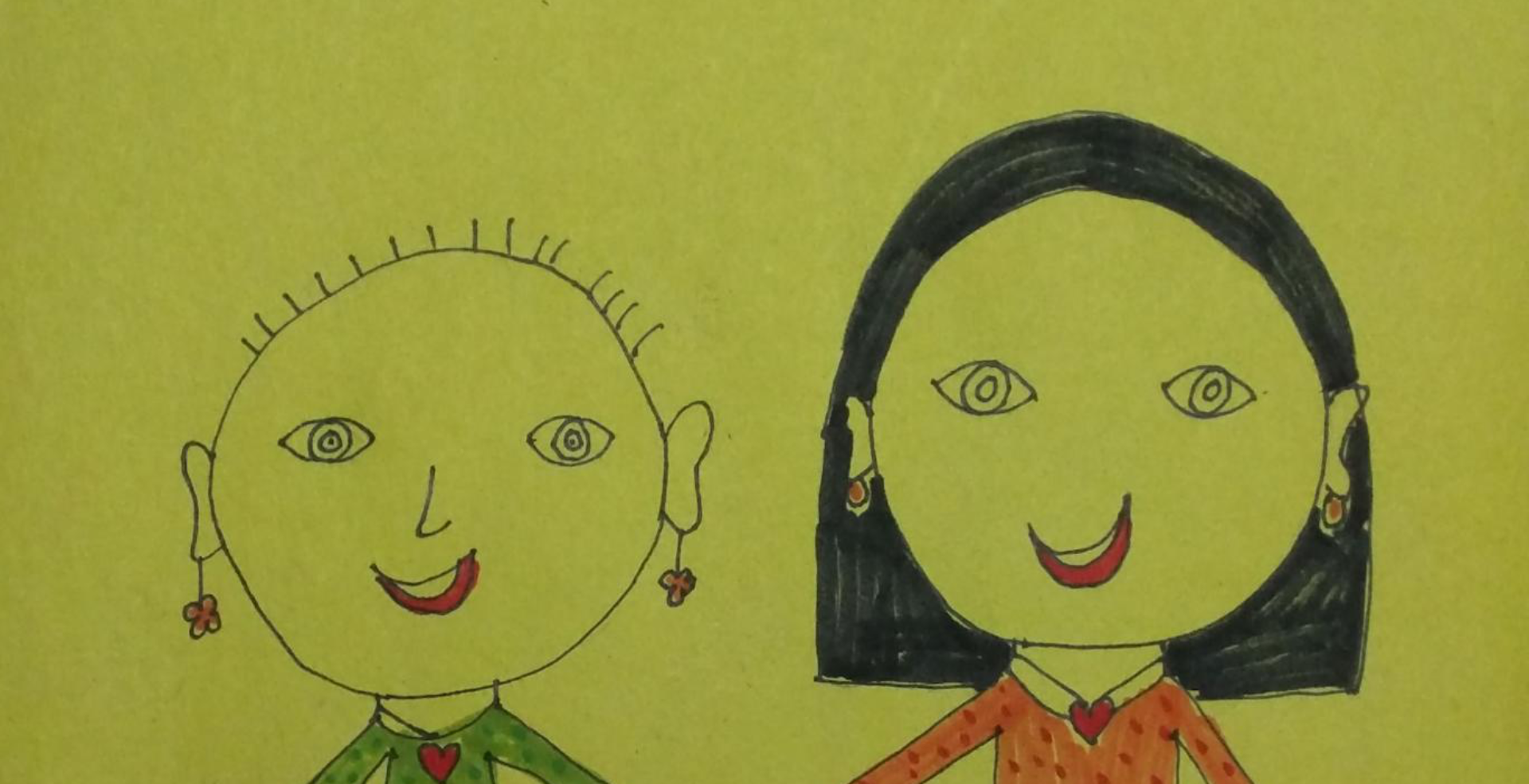



You are probably wondering, “Who cares about learning and math when the kid is undergoing cancer treatment”? Indeed, the shock of the diagnosis and trauma from treatment was hard enough to cope with, that for a long time, learning was the last thing on our minds… However, after a month, when she kept feeling that her life was being wasted without school, playdates and classes, we realized that we were wrong…
We learned that engaging kids in various fun and learning activities provides them with a much needed distraction from their social isolation, long and painful treatment. It helps them stay positive by providing a sense of accomplishment and something to look forward to. And if done the right way, it can be fun too! So we began our hunt for ways to make learning fun for a kid with cancer…
During the induction phase, when she had more energy from the steroids, and was addicted to the iPad, we introduced her to some educational apps. Here are a few that she enjoyed a lot.
- Osmo tangram: This is a fun game for kids and adults. You arrange triangles and squares to make funny shapes. When you solve enough tangrams, you can conquer castles and earn more treasure. What a cool way to have an adventure with geometry!
- Osmo numbers: Allows hands on play with numbers. Kids go fishing for numbers by placing physical tiles that add to the number. It offers a fun way of adding numbers. Our kid loved to dive into this ocean of math fun!
- Math Bingo: who doesn’t like Bingo? And this game is Bingo with a math twist — you solve the addition or subtraction problem and find the resulting number on the Bingo card. Our kid loved it!
- ABCmouse.com: It has a section full of math apps (also puzzles, science, geography etc).
After the induction phase, as the intensity of chemo drugs increased in the consolidation phase, she had much less energy and started playing mindless games on the iPad, and watched a lot of candy and other videos on Youtube. She was irritable, had trouble sleeping, eating and had several emotional meltdowns. Per our oncologist’s recommendation, we tried to gradually wean her from the iPad (see this post).
We introduced a jewel chart to motivate her towards good habits and activities. Everytime she completed an important task (e.g., brushing teeth, eating healthy food, taking medicines, walking / exercise), she earned jewels. As described in this post, the jewel chart helped convert boring everyday rituals into earning colorful jewels and rewards.
The jewel chart was a simple and fun way to do math too! At the end of each day, she would add the jewels for different tasks to find the total number of jewels earned for that day — that’s adding numbers up to 25-30 each day. Every sunday, she was eager to add and find the jewels earned for the entire week — that’s two digit addition with carry overs and she learned it in a fun way. 🙂
We also kept a running count of the total jewels earned so far. That started as addition with 2 digits, became 3 digits after a week, and 4 digits after a month. Thanks to the jewel chart, she was eager to earn and add bigger and bigger numbers!
We tried to make the numbers more fun by adding milestones. Her big wish was to go on a 3-day trip to Disneyland with family and her best friend. This seemed like an excellent opportunity for some Disneyland friendly math. Together, we went online, checked the ticket price for a 3-day trip to Disneyland, made a list of how many tickets we needed, and she added the three-digit numbers to find the total number of jewels needed to make this wish come true. The answer was ~2500. If she earned 2500 jewels, she could win the Disneyland trip. She was now excited to learn subtraction to see how many more jewels to her favorite milestone.
By now, she was growing fond of math and wanted to do learn more. However, books and worksheets were still too boring for her. Around then, her best friend introduced us to IXL math, an online website that offers math worksheets on various topics from first grade. We tried it as an experiment, and our kid liked the instant feedback and encouragement and the variety of rewards. At the simplest level, upon answering a question correctly, the site would randomly say something like “Terrific”, “Well done”, “Excellent”, “Good job”. Further, upon completing a skill that comprised of around 30-50 questions, the site would give a gold medal. Finally, upon finishing a set of skills, a magic prize (the picture of an animal or artifact) would reveal in the first-grade grid. She was so eager to unlock all the surprises in the grid, that she happily learned more math skills.
What a fun way to gamify Math! Our kid loved it so much that she finished 2000 math questions by the end of the consolidation phase. We were proud of her efforts and gave her a small trophy. She was so thrilled to win the trophy that it’s all she could talk about for the next week or so. 🙂


